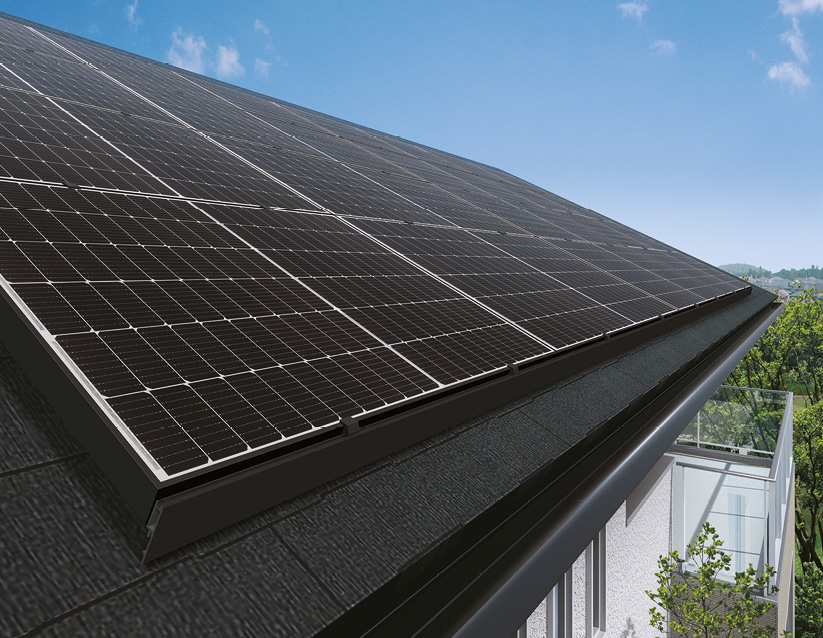The Czech Ministry of the Environment has revealed that it has secured new funds from the European Union for its New Green Savings program. It has unveiled plans to cut red tape and bring more households into the program from September.
The urgency of last year’s energy crisis resulted in enormous interest in energy-saving subsidies. The CZK 19 billion earmarked from the National Recovery Plan to finance the New Green Savings program were used up two years earlier than planned.
“Just in the last year and a half, from October 2021, a record 110,000 households applied for a subsidy. This far exceeded the total number of applications received in the previous seven years of the program,” said Minister of the Environment Petr Hladik. “For example, we have seen a threefold year-on-year increase in PV rebate demand.”
Since its launch in 2014, the New Green Savings program has supported 180,000 households to the tune of CZK 22 billion. Its original focus was on energy savings in the residential sector through the renovation and construction of low-energy family and apartment buildings. However, most of the funding is now being used for rooftop PV rebates.
The Czech government managed to negotiate an additional CZK 55 billion from the Modernization Fund, which was set up by the European Union in 2021 to help 10 member states upgrade grids and meet 2030 energy targets. To date, resources in the Modernization Fund were available solely for utility-scale PV in Czechia.
According to the Czech government, the revamped program will bring many improvements. The process from submission to subsidy payments will be simplified. Some criteria will be relaxed, and the obligation to submit invoices and project documentation will be removed.
Furthermore, the new program should make subsidies under the New Green Savings Light more readily available for vulnerable groups, including senior citizens and low-income households. Subsidies for more demanding home modifications will be automatically increased. Regarding new builds, support will be directed towards buildings in which the effect of energy savings would be the highest. On top of that, subsidies to replace old gas boilers with heat pumps will be offered, including grants for retrofit installations up to €5,701.
After a short technical and operational break necessary to implement the new procedures, the program will relaunch in September. All applicant with projects in progress, according to existing conditions, are recommended to submit their applications by June 30. The detailed conditions of support in the revamped program will be gradually introduced in the coming months, said the ministry.
Jan Krcmar, chairman of the Czech Solar Association (CSA), said the transition is expected to run smoothly and no rush in applications is expected by the end of June.
“We welcome this greatly, but we also hope that the updated program will be able to react to the current situation in the market,” Krcmar told pv magazine. “Grid bottlenecks currently mean that in some regions customers can only connect new PV without any surplus energy being fed into the grid and are experiencing long waiting times for PV to be connected, sometimes more than half a year.”
As the payout of the rebate is linked to the connection, many customers wait almost a year to receive the money. This has a knock-on effect on installers, who are usually fully paid only after the rebate has been settled, explained Krcmar.
This content is protected by copyright and may not be reused. If you want to cooperate with us and would like to reuse some of our content, please contact: editors@pv-magazine.com.




2 comments
By submitting this form you agree to pv magazine using your data for the purposes of publishing your comment.
Your personal data will only be disclosed or otherwise transmitted to third parties for the purposes of spam filtering or if this is necessary for technical maintenance of the website. Any other transfer to third parties will not take place unless this is justified on the basis of applicable data protection regulations or if pv magazine is legally obliged to do so.
You may revoke this consent at any time with effect for the future, in which case your personal data will be deleted immediately. Otherwise, your data will be deleted if pv magazine has processed your request or the purpose of data storage is fulfilled.
Further information on data privacy can be found in our Data Protection Policy.